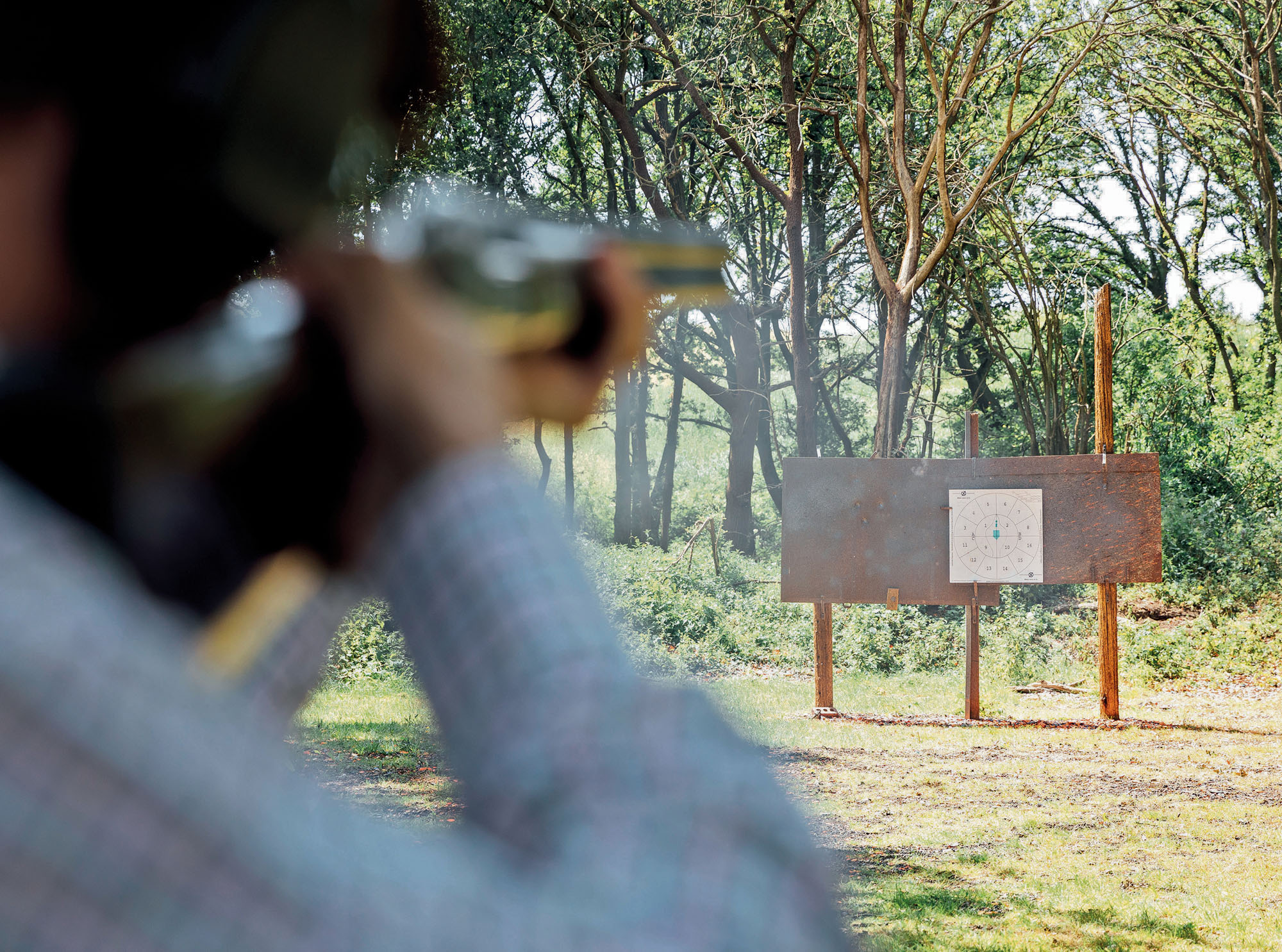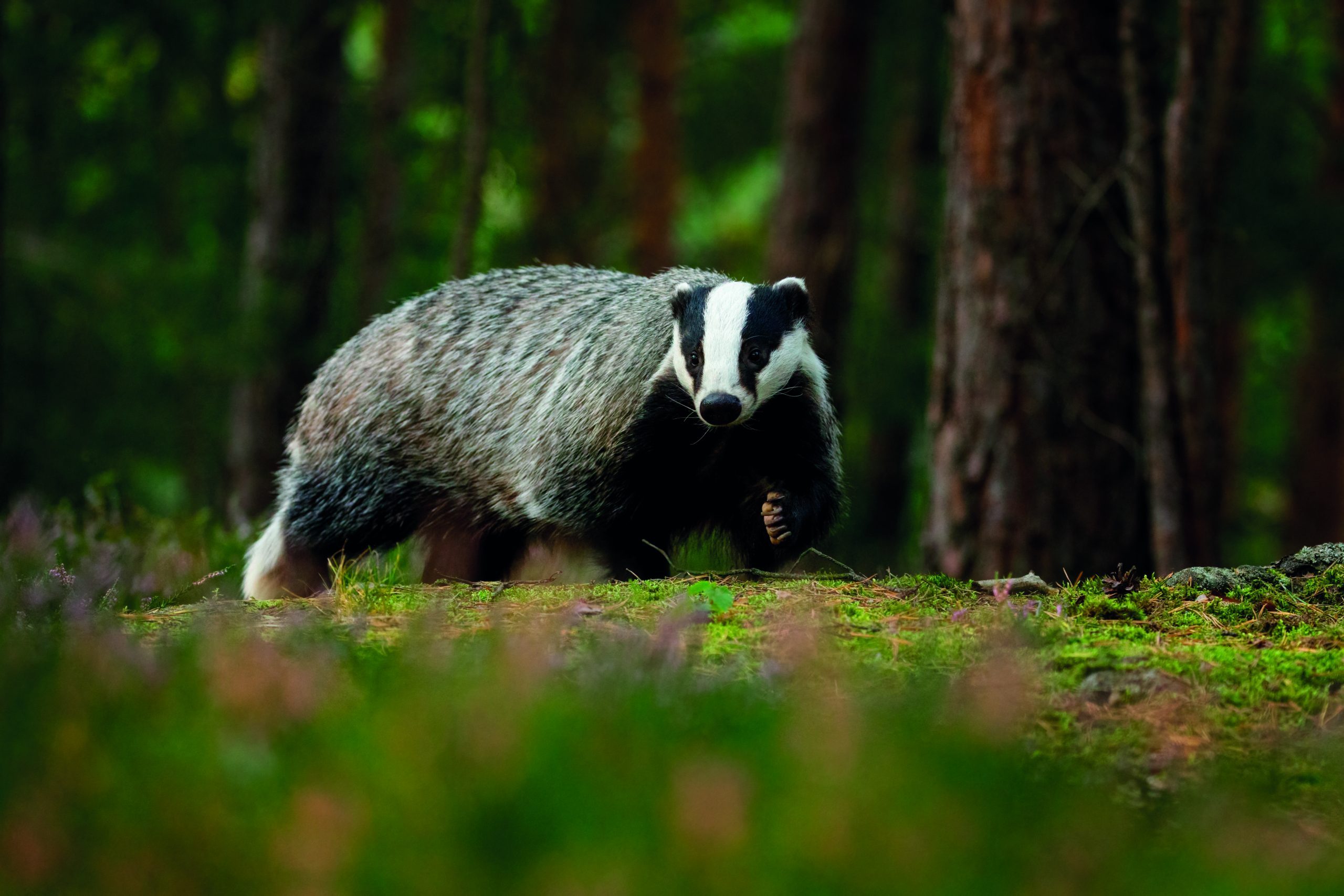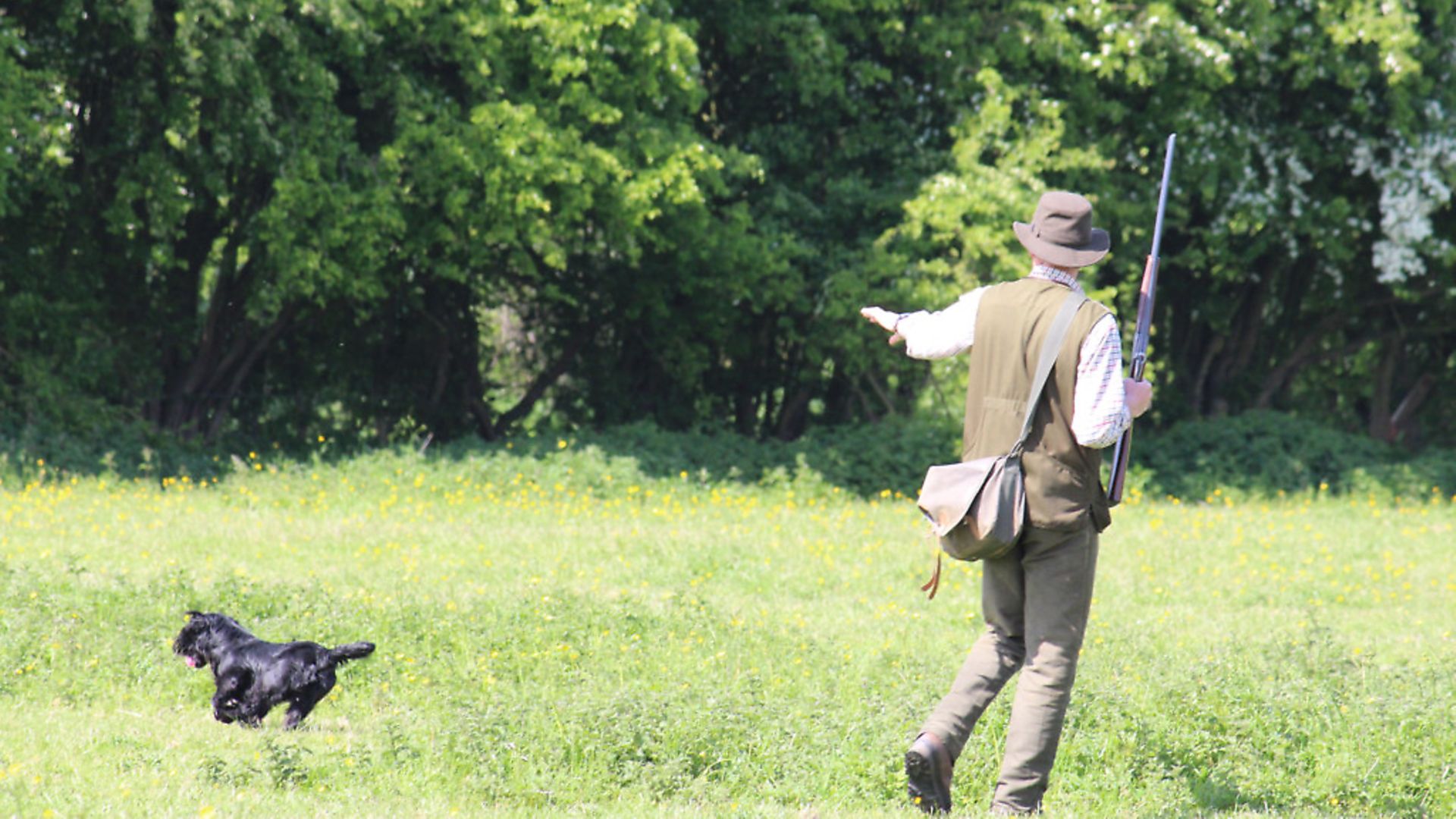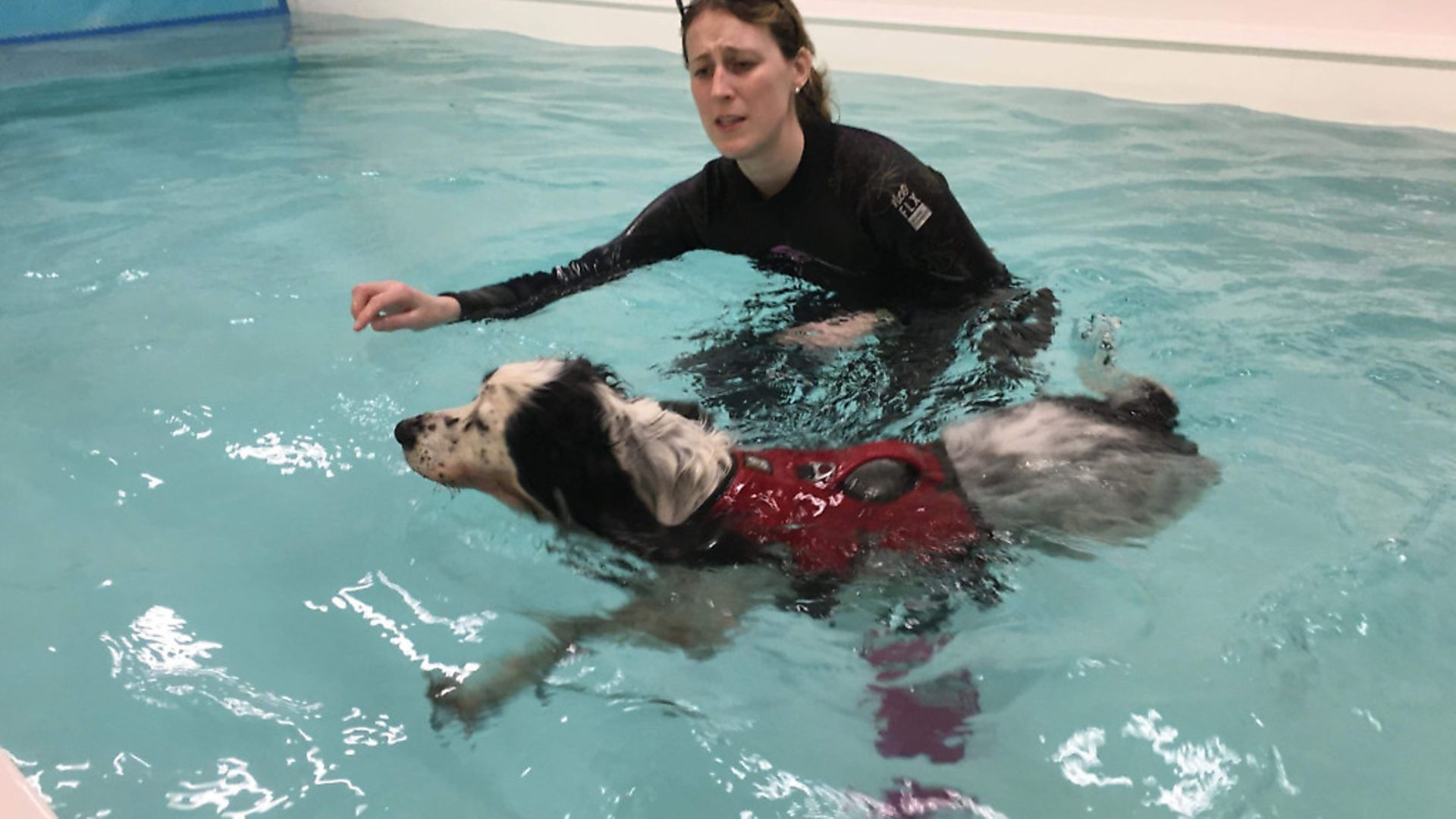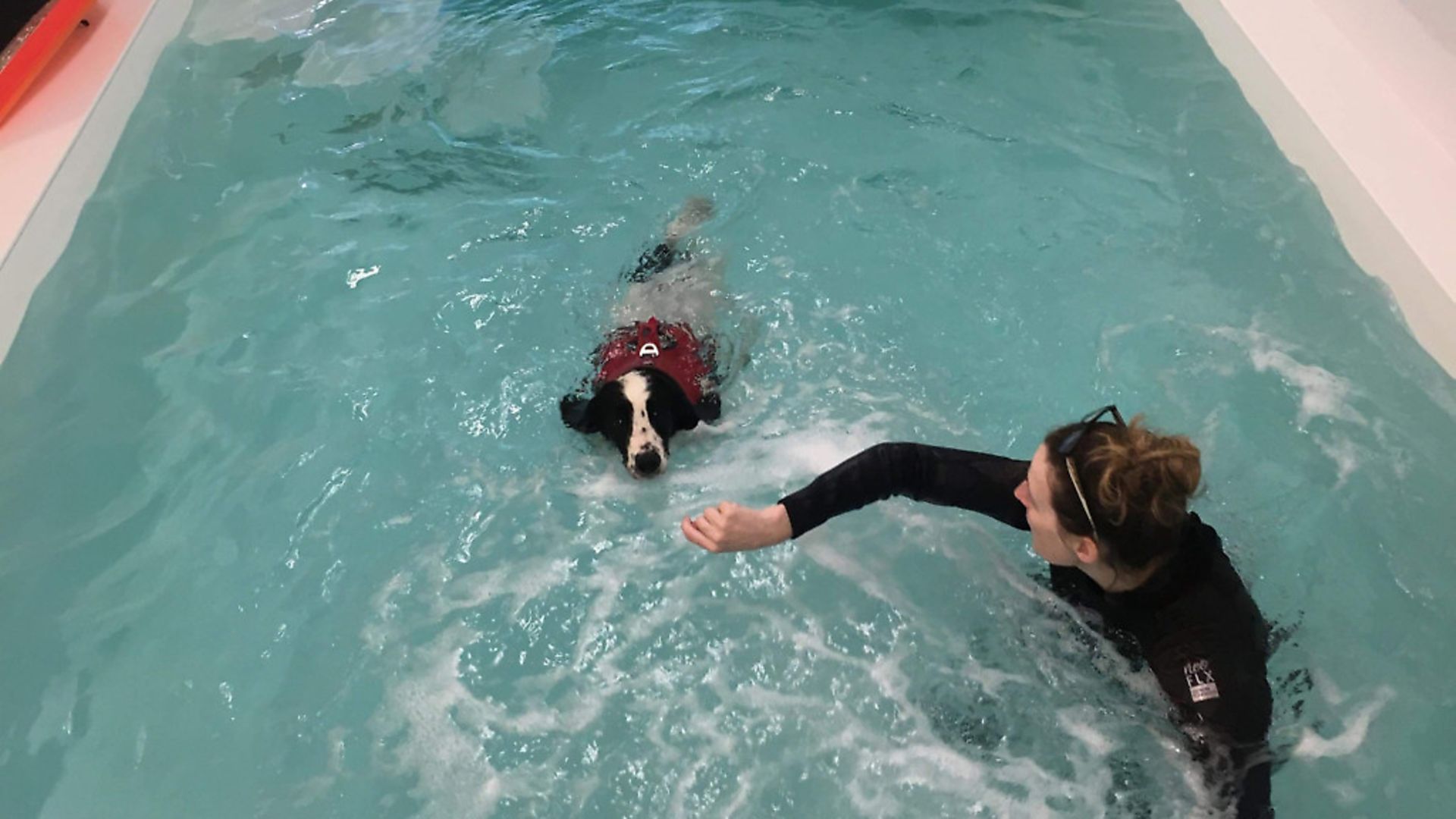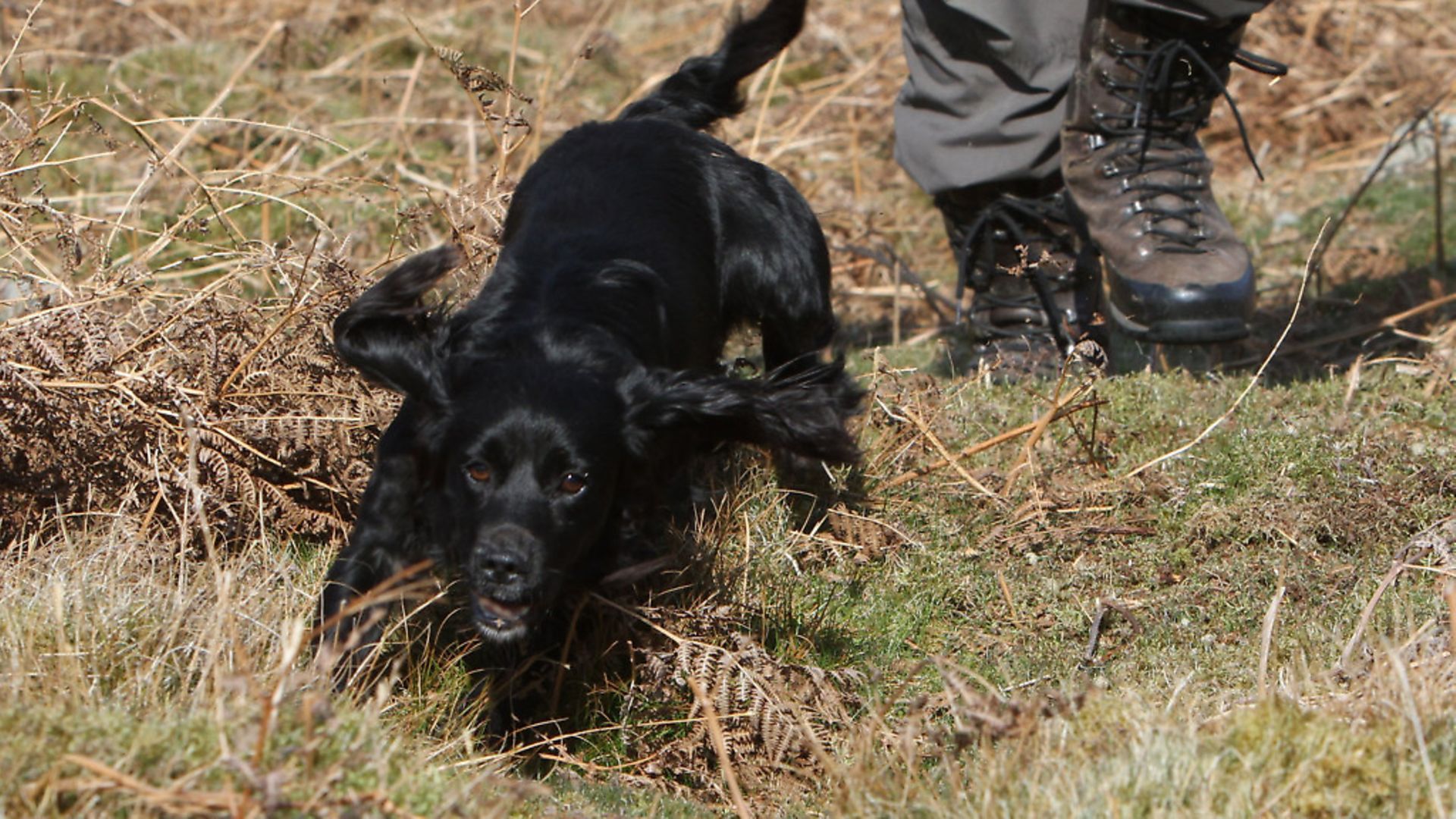Gundog fitness – preparing for the season
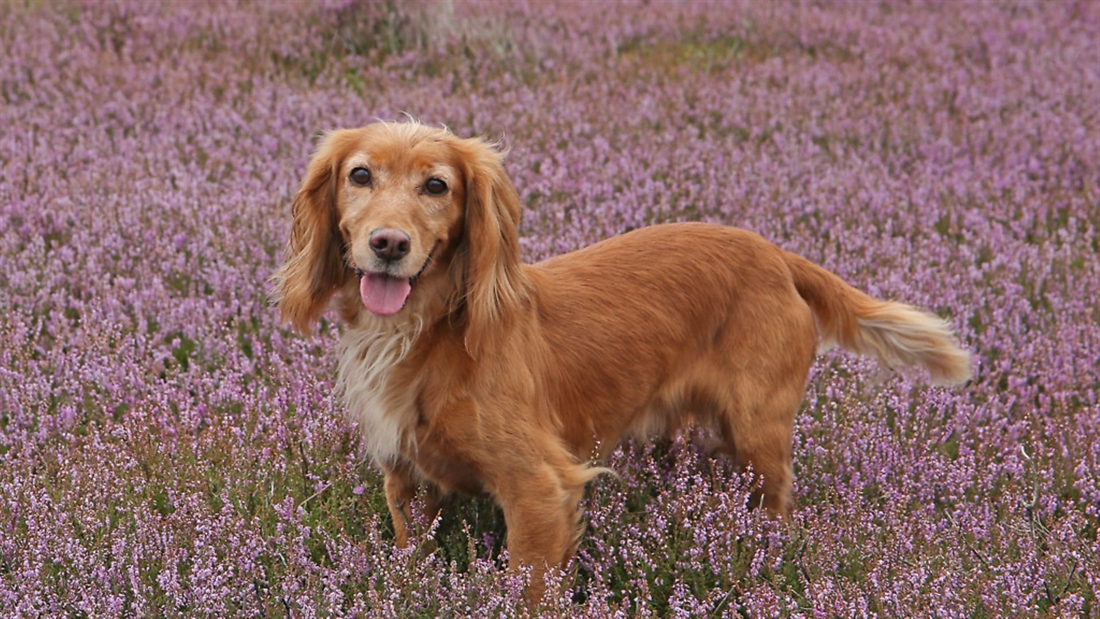
Ryan Kay looks at the methods trainers use to get a dog fit for the shooting season, including hydrotheraphy – a technique he believes we could make more use of in the gundog world
When it comes to gundog training, September is a crucial time for my wife Alison and I. The summer heat has lost its hold and an increasingly autumnal feel approaches. The dogs start to lift their noses, taking in scents on the cooler breeze and you just know they can sense what’s around the corner. There are occasional displays of giddiness from the older dogs – as they’ve sensed it all before. For me, I need to start paying more attention to my own dogs and not just providing private lessons to others. But it seems everyone wants to brush up on their dog work before the season starts in earnest and there’s always an influx of extra one-to-ones throughout September. I get our own young spaniels going with some hunting and flushing of partridge on the sugar beet. These are walked-up shot-over days for Labs and other retrievers. The retrieves are given to the Labs yet the birds are produced by the flushing spaniels. And that works perfectly in my training regime because I’m not interested in retrieves so much at this point; the added bonus of this type of training is that it induces steadiness and increases hunting fitness.
Everyone has their own ideas of how to get a hunting dog fit for the season, some with varying success. I’ve noted several methods taken up by triallers over the years – some of which involve folk on a quad or bike with a dog running behind. It’s certainly not my cup of tea, but whatever works for you. I feel the consequence of simply providing constant running in order to achieve fitness is very much an ‘impact’ effect on the dog’s joints and body overall.
But it’s always interesting to see how training methods have evolved over the years, and how the overall approach to dog training and ownership in general has altered somewhat. I enjoy reading the older publications for little gems of interest and noted a brilliant line that made me smile the other day. In the book Working Gundogs and their Training by H.J.L. Osbourn, originally published in 1980. The author writes on the subject of choosing a new puppy and states: “Choosing a puppy is as hazardous as choosing a bride!” Hmmm… maybe we’ve moved on a little from that era, though I did point out that comparison to Alison – highlighting that some trainers go on to sell their chosen pup at a later stage if it becomes apparent that the wrong selection was made!
I put down the book in order to nurse my resulting dead arm….
I also noted his further writings about hunting distances, from which it’s evident that Osbourn’s drill must involve a great deal of fitness training. This is evidenced by the ideal ground he suggests a spaniel should cover: a 50-yard beat, quartering 25 yards either side of the handler. Although I personally quite like those distances on the appropriate ground, I’ve never witnessed it on a Trial and if I’ve seen it on a shoot day, there’s usually a hollering owner calling the dog back as it’s deemed out of control. I daresay those distances would push some triallers well out of their comfort zone if they were expected to hunt their dog out that far today. But the fitness of Osbourn’s dogs must have been right up there.
Water works
I was recently chatting to friend Andrew Robinson of Whaupley Gundogs… congratulating him on his recent second place in an Open Cocker Trial just a few days earlier – achieved with his golden bitch Whaupley Ygritte (Tilly). It was her first time out this season and she’d very nearly managed to snatch an early win. Andrew was still pleased with the runner-up spot, not only because of the placing but because of how she’d performed so early on in the season, the main point being that she was already physically very fit at this early stage, plus Andrew claimed that none of this had been achieved by regular hunting or running. In fact, she’d had just one outing on rabbits prior to the Trial. Andrew and his wife Fiona were so impressed with her body condition and svelte appearance, it was encouraging them to rethink their fitness training regime for all their dogs. So how was Tilly’s fabulous condition achieved? Tilly had undergone a programme of hydrotherapy.
Steph Wills, owner of Loyalwill Canine Hydrotherapy Centre, had contacted the Robinsons with a request to test out her usual methods on a trialling dog.
Steph sees regular customers from the flyball and agility arena, but nothing from the world of trialling. The agility fraternity has long seen hydrotherapy as a way of getting their dogs fit and well. I often think that we’re just a little stuck in our ways in the gundog and especially the trialling world – not always as forward-thinking as other sports in the competitive dog arena.
This got me thinking about how racehorse trainer Henrietta Knight used to describe three-time Gold Cup winner Best Mate as the perfect racehorse. Yes, he was a cut above, but interestingly Henrietta used to train him differently to other trainers. She not only rode him out and jumped him, she used to do dressage with him as well, the idea being that it would enable him to develop and use different muscles in addition to those essentially needed for jump racing. She was right. It gave him increased agility and suppleness – more ability to ‘fiddle a jump’. If he found himself in too close to the obstacle, he seemed to have increased capability to navigate his way over safely.
Back at Steph’s hydrotherapy centre, the training she provides is far from just a dog swimming in a warm pool. Before starting her own work, she highly recommends that the dog visits a canine McTimoney practitioner first. McTimoney is a gentler form of chiropractic treatment.
Steph described an experience she once had with her own dog which had run into a rock when out training. All seemed well but when showering the dog later on, she noticed some heat in the dog’s spine so she took her to a McTimoney practitioner. As a result of the accident it transpired that the spaniel had misaligned her jaw, her pelvis was out on one side and her spine was misaligned to the left.
Once a dog has been to the McTimoney practitioner, Steph can then tailor her session to suit the dog, the breed and the required work it may be doing. First, she measures its muscle mass and weighs it. Andrew and Fiona’s Tilly underwent the same initial assessment and then the hydrotherapy pool work began.
Tilly stayed with Steph for five weeks and underwent two to three swimming sessions a week using resistance jets to make the dog work harder, with each main session lasting around 30 minutes, having been built up from initial 30-second swim sessions.
When it comes to hydrotherapy, Steph is convinced that the gundog world is missing a trick. A keen trialler herself, she says: “In general, the agility and flyball world are streets ahead when it comes to getting a dog fit and agile. We could really take a leaf out of their book.
“I love the fitness stuff with dogs and undertaking swimming for fitness is much better in the pool because you see the movement of the dog and you’re able to check if anything is wrong. I can then help build muscle in the right place.” Steph strengthens the weak areas and in turn it strengthens the dog’s gait when out running.
Just the benefit of standing in the warm water keeps the circulation moving as opposed to just being stood after a run outside. Steph has the added advantage of working spaniels herself, so she knows exactly what’s required from a dog working in the field. Working on a dog’s core strength, Steph gets spaniels to quarter across the pool against the jets, then they have to work harder as they turn into the jets to quarter back across. It really prepares a dog for the fast and agile turns required when out hunting. I must admit, I’m keen to try out hydrotherapy on some of my own dogs and have been in touch with my local centre. I’ll let you know the outcome.
Steph runs:
Puppy sessions and introduction to water
OAP sessions; Standing in the water and massage.
Her fitness stuff is £30 for half an hour.
You can find out the full benefits of Hydrotherapy on Steph’s Facebook page. Or go to: www.loyalwillcaninehydrotherapycentre.co.uk for fitness info

